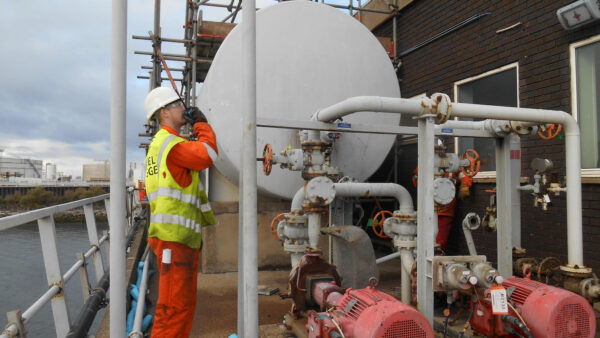
Since Carillion’s collapse, payment terms have come sharply into focus. Neil Gerrard examines the efforts being made to speed up payment in the industry and how the best-paying tier 1 contractors benefit from their policies.
“No man’s credit is as good as his money.” That was the saying attributed to American 20th century philosopher John Dewey, although it’s just as likely to elicit a weary nod of agreement from most 21st century construction firm bosses as they await yet another tardy payment.
Late payment has been a feature of construction for as long as many in the industry care to remember. But the issue in a sector where margins are notoriously tight and cashflow consistently difficult to manage amounts to far more than a simple inconvenience. Often, unexpectedly late remittances can push a business to the brink.
There have, of course, been efforts to address the situation, including the Prompt Payment Code (PPC), introduced by the government in 2008 to limited effect.
But could the collapse of Carillion, which once again exposed the extent to which payments through the supply chain were being delayed, have finally helped shift the dial?








